It’s Not Working (How To Problem-Solve Your Rig)
By Guest Contributor Darren Carless
Let’s set the scene…you’ve arrived at rehearsal, loaded everything in and set it all up. You decide it’s time for a couple of riffs. You lift your guitar onto your shoulder and check the tuning. You turn to your amp to make sure that everything’s set at a reasonable level and throw the on switch. You step back and strum a big power chord…silence.
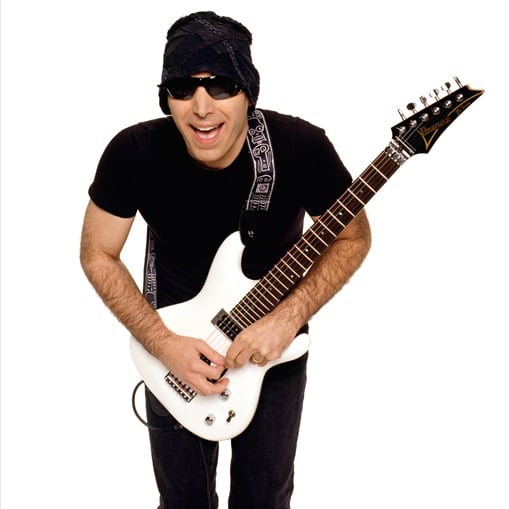
Or maybe you just can’t hear because your beanie is too tight
If you’re one of the very, very few to have never experienced this situation then consider yourself to be lucky…but if like me you have had to deal with this situation the question is…what do you do next?
As guitar players it’s inevitable that at some point something will go wrong or not work as it should. Therefore, the sooner that we can get to grips with that fact and prepare ourselves to deal with it, the better.
So where do we begin? First off…keep your cool! As frustrating as the situation may be there’s no point in throwing your hands in the air claiming that the world is about to end (although it is good to release the pressure a bit). If you do blow your top it’ll mean that you’re not going to be thinking straight and the diagnosis could take longer because you overlook something.
The quickest way to diagnose the problem is elimination. Unfortunately modern guitarists use a lot of things, e.g. amps, guitars, pedals, cables (it’s a big list), so the process can become quite elongated and the potential for your annoyance levels to increase is huge…but needs must. The clever way to do this is in a sensible order that will save time.
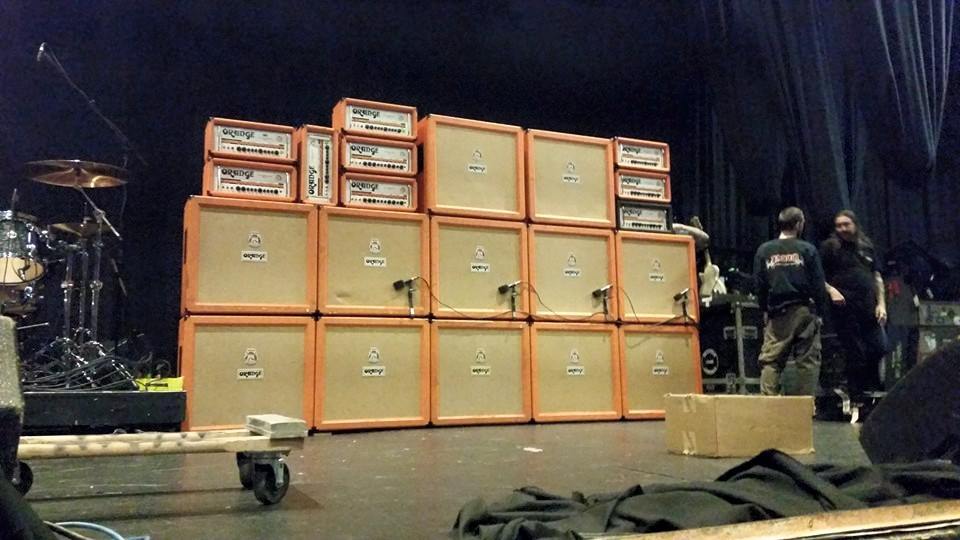
However, in order to problem-solve in a sensible order, one needs a sensible setup
Depending on the type of set up you have you’ll have to adapt your strategy accordingly but whether it’s more complicated (involves pedalboards and / or multiple amps) or simple (guitar straight in to an amp) there can only be so many problems.
Start with the simple, quick-fix things…is everything plugged in properly i.e. securely in the socket and in the correct socket? Even if you think they are…double check. Is the mains switched on? Even if it is…is the socket live? (the indicator light on your amp will help you with this). Are all knobs, switches etc where they should be? The classic one is master volume set to zero…Doh!
If you don’t find the problem doing the above that could mean there’s a problem with your amp, guitar or cables themselves. This means you’ll either need to try removing something from your setup (e.g. your pedalboard) and plugging the guitar directly into the amp or replace a part of your setup with an alternative e.g. swap your guitar for another guitar (if you’re able to). Remember…if you’re going to start changing things do them one at a time otherwise you’re going to be there for quite a while as you won’t be able to identify where the problem actually lies.
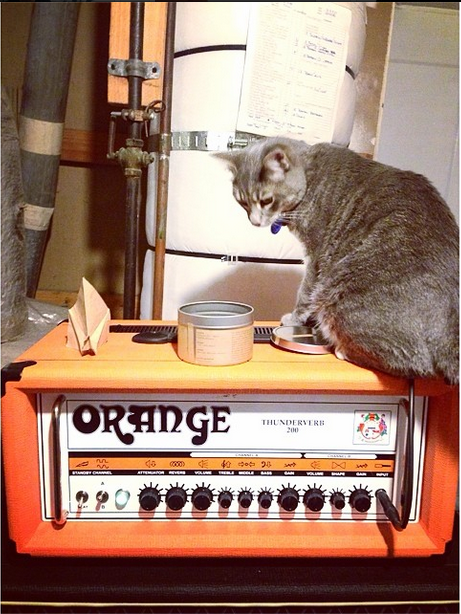
“The problem is cat hair, kitty litter, fur balls, and also your cat hexed your amp because cats are evil.” CatsOnAmps.net is a real website, btw.
The above can be time consuming but you will find the problem sooner or later. Whether it’s one that you’re able to fix or not will depend on the actual problem…don’t try fixing things if you don’t know what you are doing…some things can and will kill you! As well as having to diagnose and fix problems on the go there are also lots of things you can do to try and help prevent them from happening in the first place.
For example any problem can be exacerbated by poor quality cables as the likelihood of them failing increases. Other things to consider when plugging up are…are you using the correct leads (guitar cables are for guitars, speaker cables are for speakers) and are the leads long enough (they should comfortably reach where they need to and not be stretched or taut). And don’t be lazy when it comes to running your leads around the stage…passing them through your guitar strap and carry handles on cabs – means the socket and plug won’t take the brunt of the force if the lead gets yanked (we’ve all tripped over our guitar lead) and should the plug come out of the socket it will be easier to locate as it won’t fall to the floor (I’m sure many of you have spent a few frantic moments crawling around a stage looking for that plug).
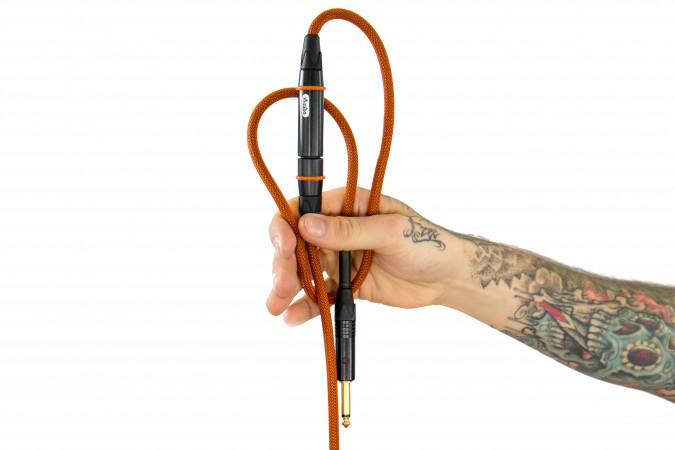
Sort of related: our New Twister Cable makes it easier to NOT get tangled in the first place. Click the pic for more info.
Do we all carry spares? If you don’t then you should, as well as any tools you may need to facilitate a repair / replacement. I carry a spare lead for every single lead that I need e.g. guitar lead, speaker lead, mains lead, patch cables, microphone lead, spare power plug for my pedalboard etc as well as spare strings, picks, microphone, valves and fuses. I also carry a small toolkit e.g. phillips screwdriver, flathead screw driver, allen / hexagonal keys of various sizes, wire cutters etc. Yes it’s a pain in the backside lugging it all around but better to be prepared and not need it than find yourself in a sticky situation. If you’re serious about playing music you need to be serious about looking after your gear.
It might sound a bit OTT but coming up with a routine for setting up your gear can save time in the long run. Ever forgotten to plug your amp into your cab? I keep my speaker lead plugged into the first pedal on my board when it’s not in use which means that I can’t plug my guitar into my board until it’s removed, thus reminding me to plug my amp into my cab.

It’s similar to how I keep my socks on my feet for years at a time. Except it doesn’t cost me friends.
This guide isn’t a one stop shop for dealing with any issues that you may come across on your musical journeys. There’s no way on earth that it could include a fix for every problem that you may encounter (the list would be endless) but it can get you thinking about how you would deal with a problem if one did rear its ugly head so that you’re prepared for it. Sadly it’s pretty likely that something will happen and more often than not it will happen when you least want it to i.e. in the middle of a set! Unfortunately the biggest cause of problems when it comes to our gear is ‘us’ and as much as we hate to admit it we’re human and will make mistakes, usually with our gear bearing the anger of those mistakes…it’s just a good job it can’t talk back!
*** PLEASE SERIOUSLY THINK ABOUT YOUR OWN PERSONAL SAFETY WHEN CONSIDERING OPENING UP AMPLIFIERS. THEY CONTAIN LETHAL VOLTAGES. AND FOR OUR OWN LEGAL SAFETY, DON’T EVER OPEN AN ORANGE AMP SPECIFICALLY.***

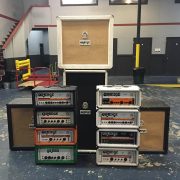

My orange dark terror just stopped today. I already checked all the above just to be sure, it’s the amp. Now I’m trying to find info on what in the amp failed. There’s no abuse on my part. No drops, spills, playing too loud, nothing. Just powers on but no output
My crush 12 amp just stopped working. I haven’t done anything to it but play. Not too loud or anything like that. Please help me